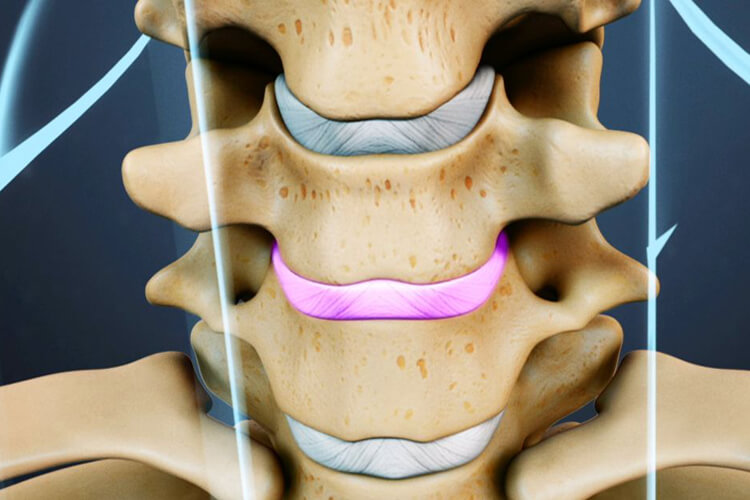Did you know Dr. Nagy was the first neurosurgeon in Nevada to perform a motion preservation spine surgery? Find out about this unique surgery that aims to preserve the function of injured joints rather than traditional spinal fusions.

Compared to traditional spinal fusion procedures that stop movement of an affected joint, motion preservation surgery aims to preserve the function of the joint itself, while treating the injury and associated spine pain. Dr. Nagy was the first neurosurgeon in Nevada to perform a motion preservation spine surgery.
Motion preservation surgery is a relatively new procedure that uses a stainless steel artificial cervical disk. This disc allows continued natural spine rotation while simultaneously providing relief and treatment to the troubled area. More often than not, neck and back pain are caused by nerve compression due to increased pressure from a disc. Motion preservation surgery removes the offending disc that is causing the nerve pressure and replaces that disc with an artificial one. It is a procedure that requires multiple steps. It begins by taking away the injured disc in pieces, which decompresses the nerve. Once the disc is removed, tiny incisions are placed on the superior and inferior vertebrae of the affected area. These incisions hold the new components in place.
If you are experiencing chronic back and neck pain or numbness and/or tingling in your extremities as a result of a spine injury, you may qualify for motion preservation surgery. Those who are affected by degenerative disc disease, osteoarthritis due to facet joint pain or lumbar spine stenosis may also get relief from motion preservation surgery, particularly if spinal fusion surgery is not? a possibility.
It is expected that motion preservation will become the treatment of choice for patients in the future. It is a minimally invasive surgery, which means less recovery time for patients. Many of the latest motion preservation devices are still pending FDA approval and researchers are making great strides in advancing the procedure.